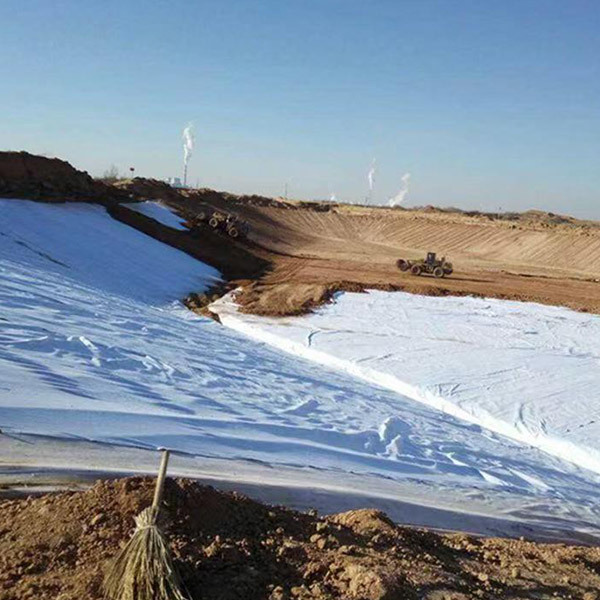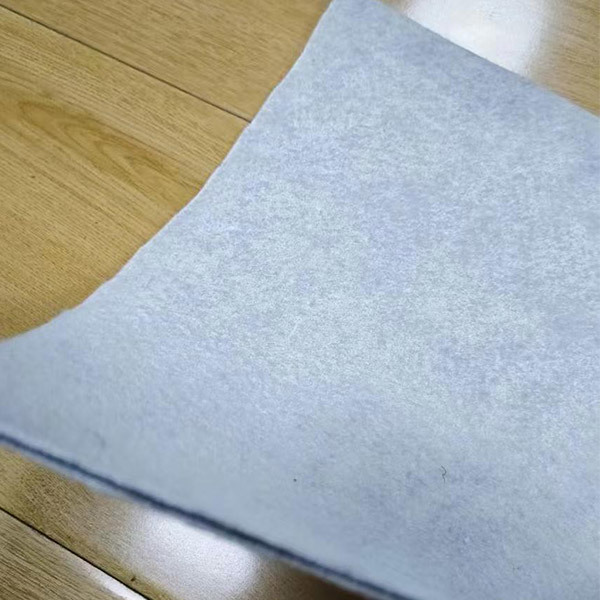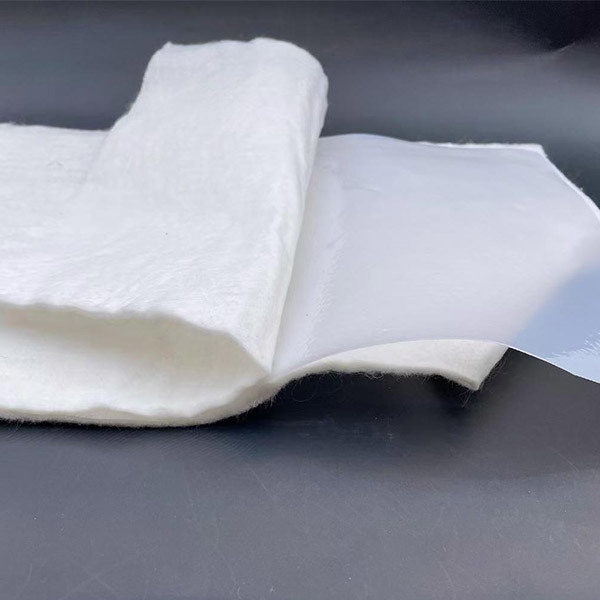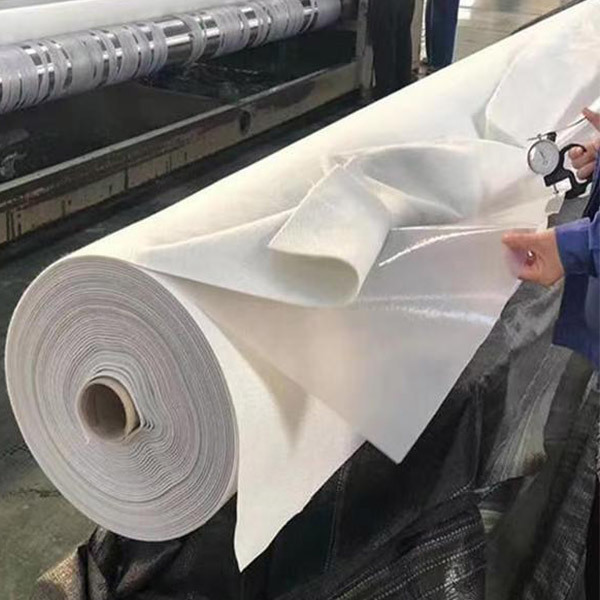Essential Guide to Geomembranes for Garden Ponds: Benefits and Applications
Time:
Oct 05,2025
Geomembranes for garden ponds are specialized materials designed to create a waterproof barrier, ensuring that your pond retains water while preventing soil erosion and contamination. These geomembranes are typically made from synthetic materials, such as polyethylene or PVC, and serve as a critical component in the construction and maintenance of garden ponds. One of the primary benefits of using
Geomembranes for garden ponds are specialized materials designed to create a waterproof barrier, ensuring that your pond retains water while preventing soil erosion and contamination. These geomembranes are typically made from synthetic materials, such as polyethylene or PVC, and serve as a critical component in the construction and maintenance of garden ponds.
One of the primary benefits of using geomembranes for garden ponds is their durability. These materials are engineered to withstand various environmental conditions, including UV exposure, temperature fluctuations, and punctures. This resilience makes geomembranes a long-lasting solution for pond liners, providing peace of mind that your water feature will remain intact for years to come.
In addition to their durability, geomembranes offer excellent flexibility and ease of installation. They can be customized to fit irregular shapes and sizes, ensuring a perfect fit for any pond design. This adaptability allows for greater creativity in landscaping and aquatic design, enabling homeowners to create unique water features that enhance the aesthetic appeal of their gardens.
Another significant advantage of using geomembranes for garden ponds is their ability to promote a healthy ecosystem. By preventing soil and contaminants from leaching into the water, these membranes help maintain water quality, essential for fish and plant life. This is particularly important in maintaining a balanced ecosystem, as clean water supports the growth of aquatic plants and ensures the well-being of any fish or wildlife that may inhabit your pond.
Moreover, geomembranes can also contribute to the conservation of water resources. By effectively retaining water, they reduce the need for frequent refilling, saving both water and money. This is especially important in areas prone to drought or where water conservation is a priority.
When selecting geomembranes for garden ponds, it's essential to consider factors such as thickness, material composition, and installation technique. Thicker membranes typically offer greater protection against punctures and tears, while certain materials may provide better UV resistance. Consulting with professionals in the field can help you choose the best option for your specific needs.
In summary, geomembranes for garden ponds are a vital component in creating sustainable and beautiful water features. Their durability, flexibility, and ability to promote a healthy aquatic environment make them an outstanding choice for anyone looking to enhance their garden with a pond. By understanding the various benefits and applications of these materials, you can make informed decisions that will lead to a successful and enjoyable water feature in your outdoor space.
One of the primary benefits of using geomembranes for garden ponds is their durability. These materials are engineered to withstand various environmental conditions, including UV exposure, temperature fluctuations, and punctures. This resilience makes geomembranes a long-lasting solution for pond liners, providing peace of mind that your water feature will remain intact for years to come.
In addition to their durability, geomembranes offer excellent flexibility and ease of installation. They can be customized to fit irregular shapes and sizes, ensuring a perfect fit for any pond design. This adaptability allows for greater creativity in landscaping and aquatic design, enabling homeowners to create unique water features that enhance the aesthetic appeal of their gardens.
Another significant advantage of using geomembranes for garden ponds is their ability to promote a healthy ecosystem. By preventing soil and contaminants from leaching into the water, these membranes help maintain water quality, essential for fish and plant life. This is particularly important in maintaining a balanced ecosystem, as clean water supports the growth of aquatic plants and ensures the well-being of any fish or wildlife that may inhabit your pond.
Moreover, geomembranes can also contribute to the conservation of water resources. By effectively retaining water, they reduce the need for frequent refilling, saving both water and money. This is especially important in areas prone to drought or where water conservation is a priority.
When selecting geomembranes for garden ponds, it's essential to consider factors such as thickness, material composition, and installation technique. Thicker membranes typically offer greater protection against punctures and tears, while certain materials may provide better UV resistance. Consulting with professionals in the field can help you choose the best option for your specific needs.
In summary, geomembranes for garden ponds are a vital component in creating sustainable and beautiful water features. Their durability, flexibility, and ability to promote a healthy aquatic environment make them an outstanding choice for anyone looking to enhance their garden with a pond. By understanding the various benefits and applications of these materials, you can make informed decisions that will lead to a successful and enjoyable water feature in your outdoor space.





